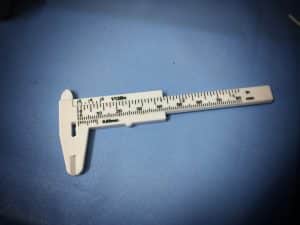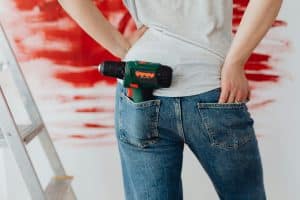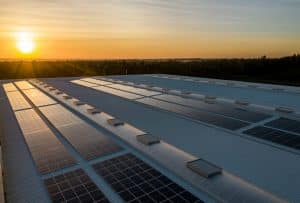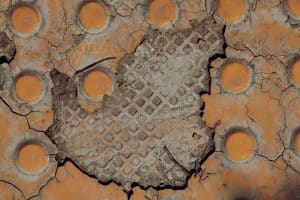Robotic PCB Assembly: Factories Where Machines Build Machines
The world of PCB assembly has been completely transformed by the introduction of robotics. What once was a labor-intensive and time-consuming process is now being streamlined by advanced machines that are capable of assembling PCBs at lightning-fast speeds with unprecedented accuracy and efficiency. This new technology is changing the game for electronics manufacturers, making the production process faster, more reliable, and more cost-effective. In this article, we will delve into the world of robotic PCB assembly and explore how it is revolutionizing factories where machines build machines.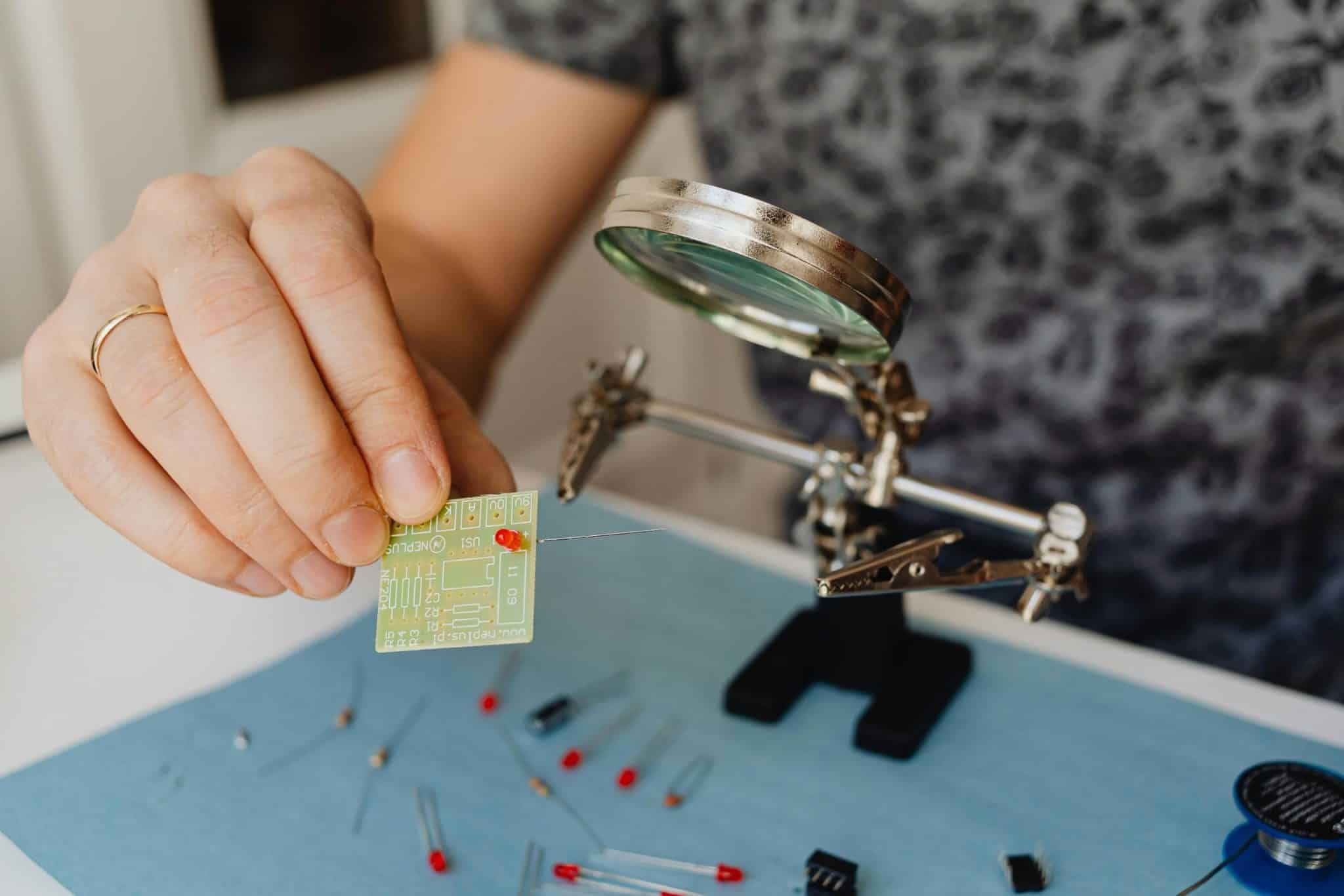
The Evolution of PCB Assembly
For decades, PCB assembly has been a manual process, with skilled technicians manually placing components on PCBs and soldering them in place. This process was not only time-consuming but also prone to human error, as even the most experienced technicians could make mistakes. As the demand for faster and more sophisticated electronics increased, the need for a more efficient and reliable assembly process became evident.
That’s where automated assembly equipment comes in. These machines are programmed to perform specific tasks such as placing components, soldering, and quality control checks. The introduction of automation in the PCB assembly process has significantly increased production speed while reducing production costs. However, as technology continues to advance, so does the demand for even faster and more precise assembly methods.
The Rise of Robotics in PCB Assembly
Robotic PCB assembly is the latest advancement in the world of electronics manufacturing, where machines build machines. These robots are equipped with cutting-edge technologies such as computer vision, machine learning, and advanced algorithms, making them capable of handling complex assembly processes with minimal human intervention. They are designed to perform tasks with incredible speed and precision, resulting in higher production rates and improved product quality.
One of the key advantages of using robots for PCB assembly is their ability to handle a wide range of components. These machines are equipped with advanced grippers and manipulators, which allow them to pick up and place components of various shapes and sizes with ease. This eliminates the need for different machines for different components, simplifying the production process and reducing equipment costs.
How Robotic PCB Assembly Works
The robotic PCB assembly process begins with the PCB being loaded onto the machine. The robot’s computer vision system then scans the board to determine the placement of components based on the pre-programmed design. Once the placement is determined, the robot begins picking up components from the feeders and placing them onto the PCB with high precision. The components are then soldered in place, and the finished board is transferred to the next stage of the assembly process.
One of the most impressive aspects of robotic PCB assembly is its ability to detect and correct errors in real-time. These machines are equipped with advanced sensors that can detect even the slightest defects, such as misaligned components or soldering defects. This ensures that any issues are addressed immediately, resulting in a higher-quality end product.
The Benefits of Robotic PCB Assembly
The adoption of robotic PCB assembly has revolutionized the electronics manufacturing industry in several ways. Here are some of the key benefits of using robots for PCB assembly:
Increased Efficiency
Robots are capable of working at incredibly high speeds without sacrificing accuracy. This results in a significant increase in production rates, allowing manufacturers to meet tight deadlines and satisfy high demand.
Improved Product Quality
Robots are programmed to perform tasks with high precision, resulting in consistent quality across all products. This eliminates the risk of human error and ensures that the finished product meets the required standards.
Cost-Effectiveness
The use of robots in PCB assembly reduces labor costs, as fewer workers are needed to operate the machines. Additionally, the high production rates and improved quality result in lower production costs in the long run.
The Future of PCB Assembly
The future of PCB assembly is undoubtedly centered around robotics. As technology continues to advance, we can expect to see even more sophisticated robots that can handle complex assembly processes with ease. The potential for robotic PCB assembly is endless, and it is safe to say that these machines will continue to drive innovation in the electronics manufacturing industry for years to come.
In Conclusion
The introduction of robotics in PCB assembly has transformed the way electronics are manufactured. These machines offer a faster, more precise, and more cost-effective solution for production, making them an essential tool for any modern factory where machines build machines. As technology continues to advance, we can expect to see even more advanced robots that will further enhance the efficiency and quality of PCB assembly. It is clear that robotic PCB assembly is here to stay, and it will continue to revolutionize the electronics industry in the years to come.

